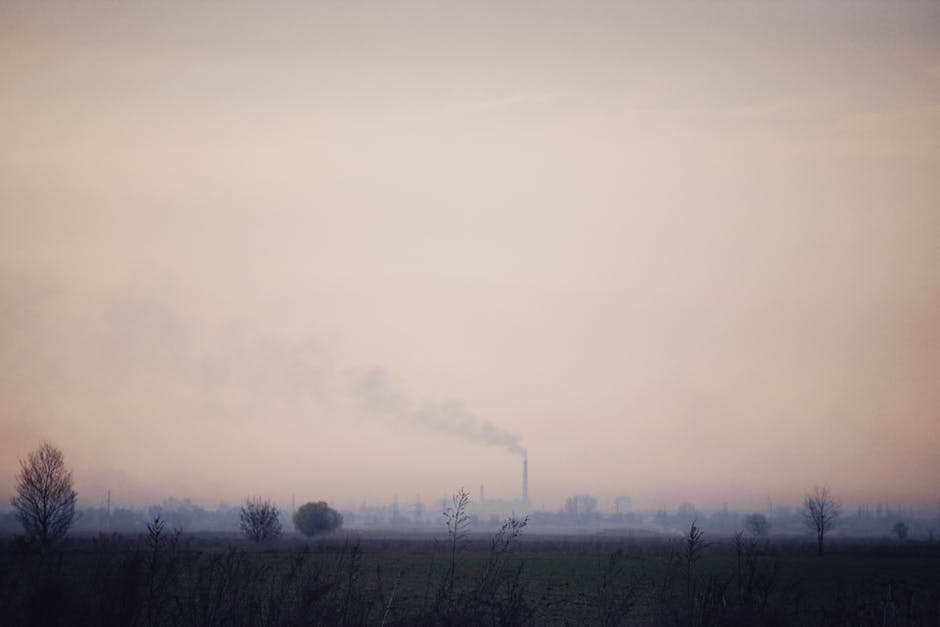Kurla’s Air Quality Crisis: AQI at 151 (Unhealthy)
Kurla, a bustling Mumbai suburb, recorded an alarming Air Quality Index (AQI) of 151 today, marking it as “Unhealthy” per Central Pollution Control Board (CPCB) standards. This spike highlights growing environmental and public health challenges in the region.
What Does AQI 151 Mean for Kurla?
The AQI scale (0–500) categorizes 151–200 as “Unhealthy,” posing risks especially to:
– Children and elderly
– Asthma/COPD patients
– Pregnant women
– Outdoor workers
Top Pollutants in Kurla:
1. PM2.5 (from vehicles, industry) – Lodges deep in lungs.
2. PM10 (construction dust) – Irritates eyes and throat.
3. NO₂ & SO₂ (factories, traffic) – Triggers smog.
4. CO (incomplete fuel combustion) – Reduces oxygen supply.
5 Key Reasons Behind Kurla’s Poor Air Quality
- Industrial Clusters: Unregulated emissions from chemical and manufacturing units.
- Traffic Gridlock: Diesel trucks, rickshaws, and buses congest Eastern Express Highway.
- Construction Boom: Metro projects and high-rises churn dust daily.
- Weather Trapping Pollutants: Winter inversion layers worsen pollution.
- Waste Burning: Slums frequently burn plastic, releasing carcinogens.
Health Impacts: Short-Term & Long-Term
Immediate Effects:
– Coughing, wheezing, and asthma attacks
– Headaches and dizziness from CO exposure
– Eye redness and skin allergies
Long-Term Risks:
– 20% higher lung cancer risk (WHO)
– Developmental delays in children
– Increased heart disease mortality
Protective Measures for Kurla Residents
- Mask Up: Use N95 masks during commutes.
- Indoor Safety: Close windows during peak hours (7–11 AM); use HEPA purifiers.
- Track Real-Time AQI: Apps like SAFAR-AQI or IQAir.
- Advocate for Change: Report illegal burning via MCGM 1916 helpline.
Systemic Solutions Needed
- Stricter industry compliance with CPCB emission norms.
- Expanded green zones like the proposed Kurla mangrove park.
- Electric vehicle incentives to cut traffic pollution.
Bottom Line: Kurla’s air won’t improve overnight, but awareness and collective action can drive change.




